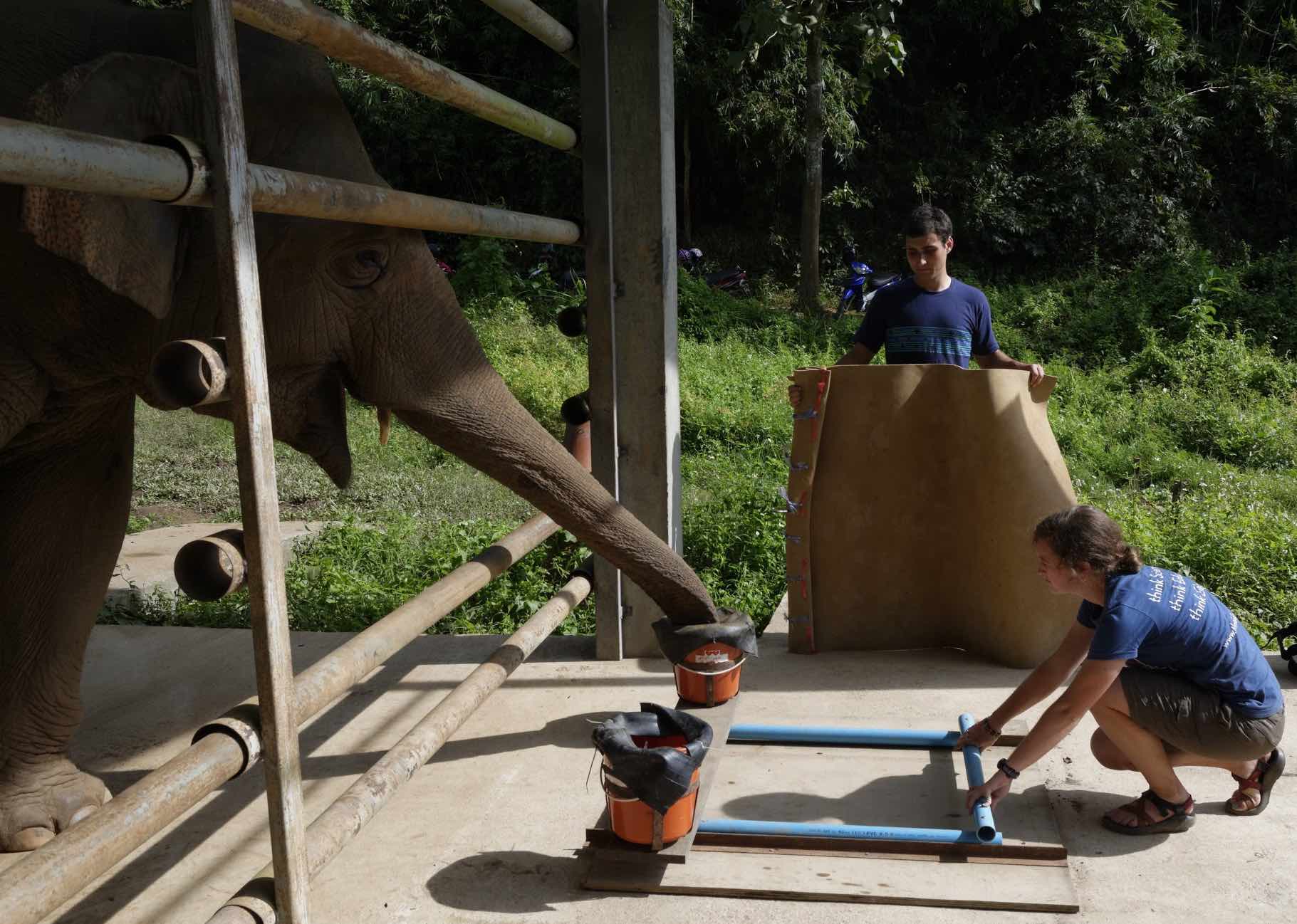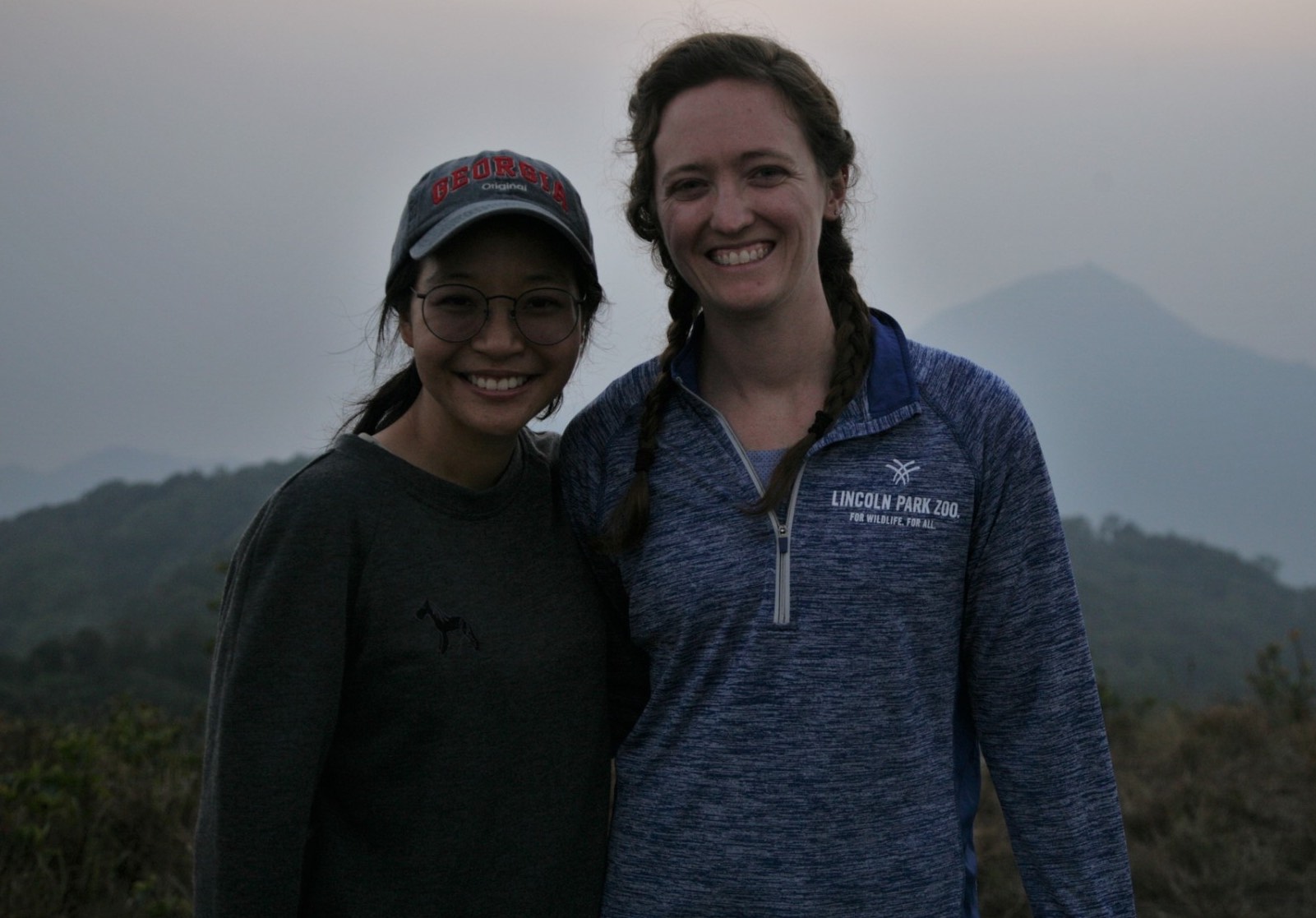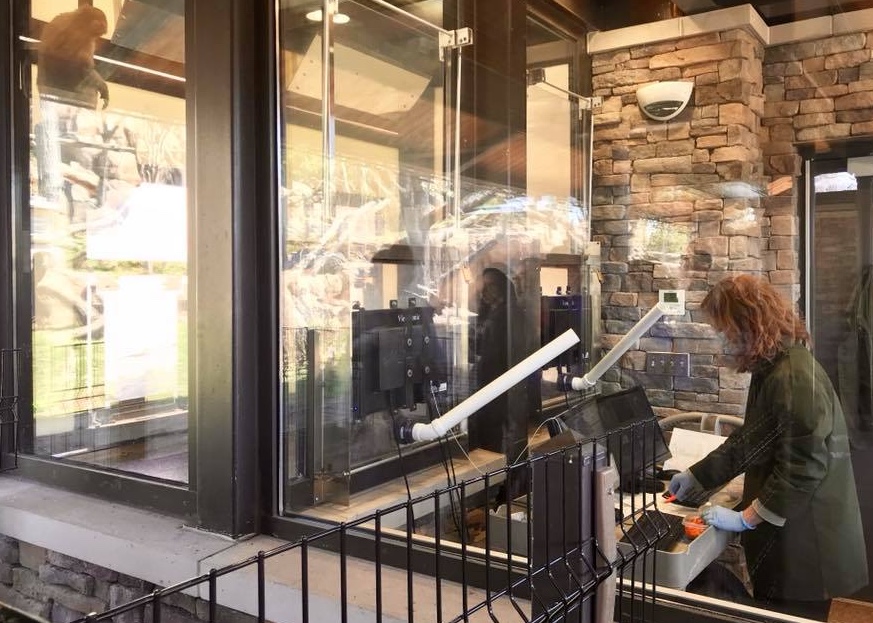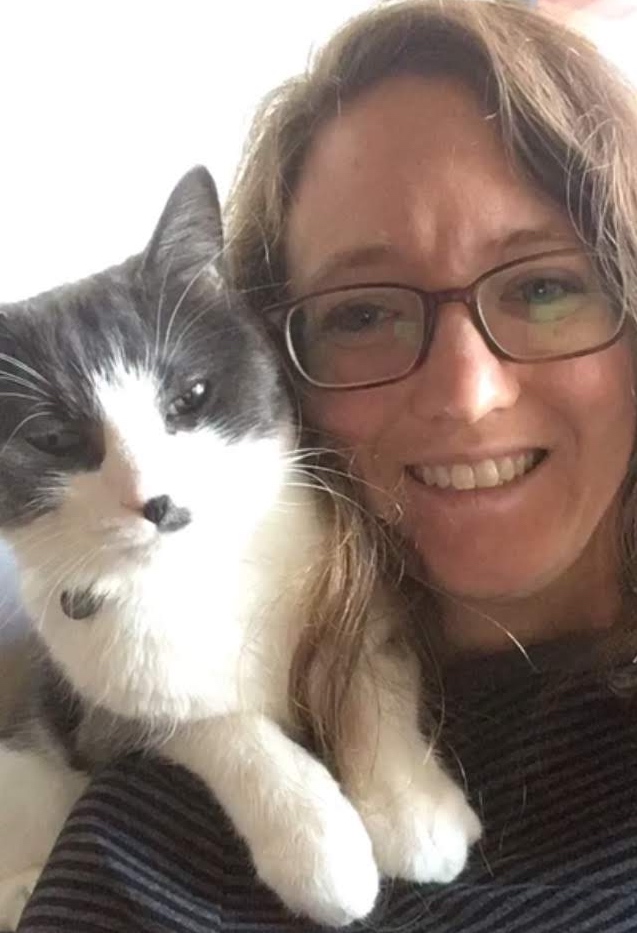Sarah Jacobson
Outside of science, Sarah enjoys cooking, trying new recipes and seeing live music (especially anything involving horns!). She also likes to run, hike and go birding with her partner, Mikko.

Sarah Jacobson is a PhD student at CUNY Graduate Center where she specializes in Comparative Psychology research.

What’s your favorite thing about being a scientist? Did you always want to be a scientist?
“I enjoy the idea of discovery and doing something completely novel. As an animal lover who has owned many pets over the years, for most of my life I wanted to be a veterinarian since that was the only career I knew about that involved animals. Veterinary medicine definitely involves science, but it doesn’t always involve a research aspect. After spending a few years working as a veterinary assistant and then taking a neuroscience course in college, I realized that research was what got me especially excited about science.”

Can you think of a specific time when you found science or pursuing science challenging?
“I’ve had a few cognition experiments fail when I tried to run them with elephants after putting a lot of time and effort into designing them. Failure is challenging, and with animal research it’s easy to fail because the animals don’t always behave the way you want them to, sometimes even physically destroying an apparatus you’ve built to ask them questions. It has been challenging to start over after these failures happen, but it’s all part of the scientific process!”
If you could give one piece of advice to young scientists or students, what would it be?
“If you think you are interested in research, try to get some experience early! Even if you are in high school, you can reach out to researchers at universities whose research sounds interesting and see if there are opportunities to be involved. . . Once you demonstrate your passion to scientists, they can often be great mentors and connections who can help you get more research opportunities.”

You have to be proactive to get the experiences that will set you up for success and will help you decide whether this field is right for you.
Have you ever made something explode or otherwise wildly go wrong in lab?
“No explosions yet, but in my experience working with animals they will come up with ways to solve problems that are shortcuts to what you were trying to get them to do. For example, when I was a researcher at the Lester E. Fisher Center for the Study and Conservation of Apes at Lincoln Park Zoo we provided chimpanzees and gorillas with a maze to see if they could use tools to retrieve food inside. Some of the gorillas solved it simply by shaking the entire maze so that the food fell out. In another problem-solving task, a chimpanzee used their tongue to fish out food rather than a stick like we were hoping.”
If you hadn’t pursued science, what would you have done instead?
“I’ve always been interested in film production and editing. When I was young, my friends and I would spend days making silly videos. More recently when I worked for Think Elephants International, a science education non-profit, I got really into editing the videos we produced about animal behavior research. Maybe someday I’ll combine those two passions!”
Why did you decide to come to NYC?
“I came to NYC to be a PhD student at the CUNY Graduate Center and study elephants with Dr. Joshua Plotnik at Hunter College. I never thought I would live here, but I’m glad I’m here now!”

What is the funniest/strangest thing you have seen in NYC
“No particular event comes to mind right now. This is probably because after living in NYC for a while, you see so many strange things that they just become normal!”
When you are done training, do you plan to stay in NYC?
“It all depends on where the job opportunities are, but I think ideally I’d like to be somewhere where I have easier access to nature. There are so many great things about the city, but I do miss being able to easily go for a hike.”
If the building was burning, what single item would you grab as you ran out the door and why?
“It would have to be two items, each of my cats Pippin and Ollivander.”

Update your browser to view this website correctly. Update my browser now
